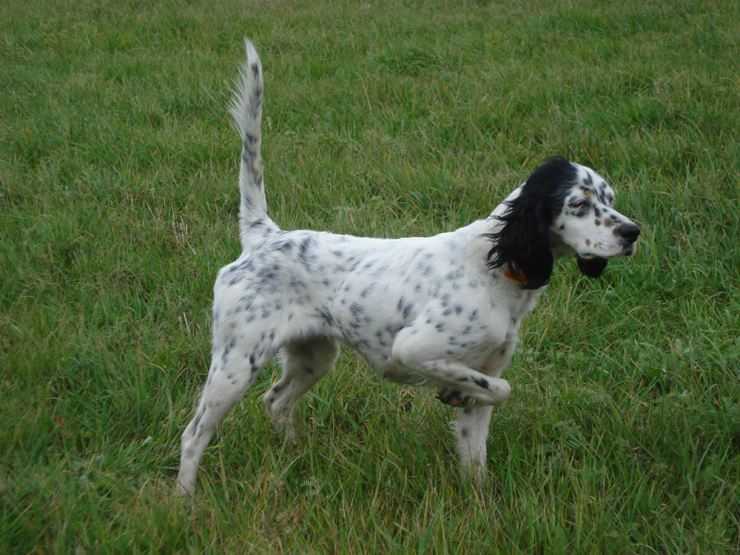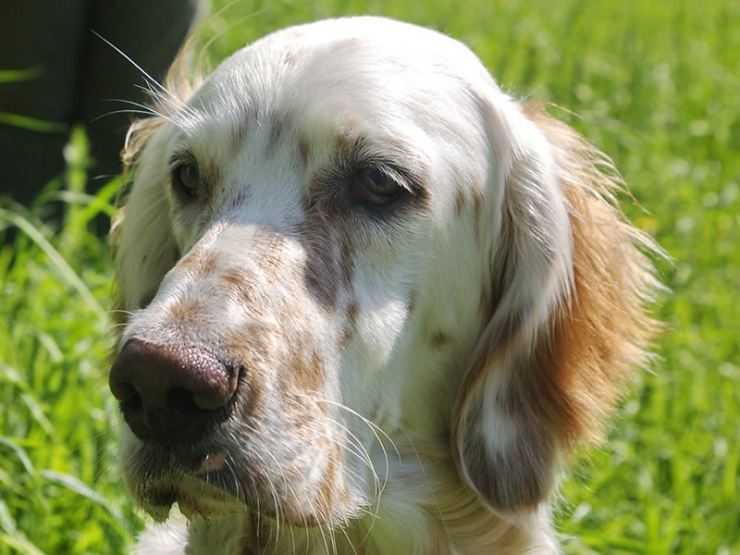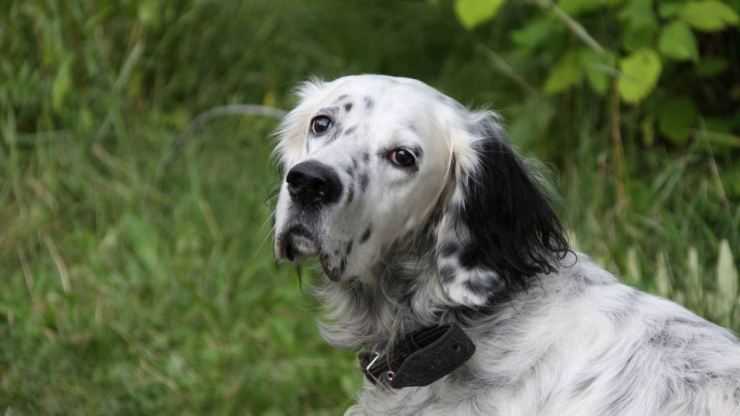#7 Sir Laverac began breeding with two copies purchased from Pastor Harrison – Old Mall and Ponto.

The breeder planned to improve the breed through inbreeding - crossing animals that were related. He put his heart and soul into fifty years of selection, which has borne fruit - the graceful and elegant exterior of the English Setter.
#8 Sir Edward’s case was supported by his compatriot Richard Llewellyn

Unlike his colleague, the breeder did not adhere to the inbreeding strategy, considering it necessary to dilute the setter gene pool with other breeds. This became the cause of the conflict, because of which the British continued to work on breeding dogs, but already independently of each other. Thus, two branches of the breed were formed: the Laverac and Lewellin lines.
#9 In 1859, English setters first appeared at an exhibition in Newcastle upon Tyne.

The more often the representatives of the breed participated in such shows, the more their popularity grew. The turning point in the history of setters was the 70s of the XIX century. The English Kennel Club recognized the breed and began keeping a pedigree book. At the same time, the first dogs set foot on the lands of the New World, causing another wave of popularization of setters. Ten years later, the American Kennel Club officially recognized the four-legged English aristocrats, who eventually formed a new breed line - this time American.
